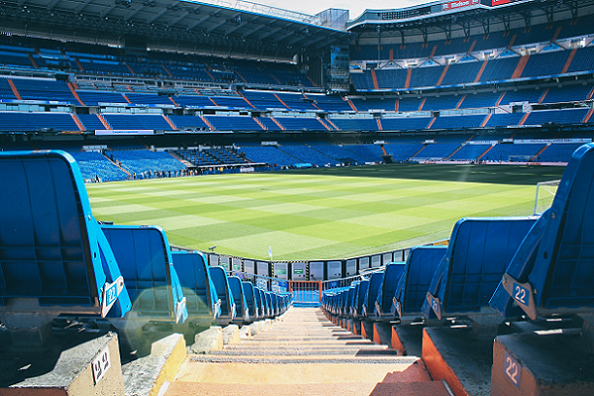A recent media report suggesting that New Zealand pre-teens now prefer time on their electronic devices to time playing sport with their mates, is symptomatic of a much deeper issue than the proliferation of big-tech and on-line gaming products in pre-adolescent hands. For many Kiwi families, it’s just a question of maths.

The National Sport Club Survey (NSCS) in 2020 revealed that the average annual adult cost for playing one (not multiple) sporting codes exceeded $200. Children’s subscriptions are typically around half that price, with discounts for multiple children in a family sometimes applying.
In a random sample undertaken by the Association, for a family of three pre-teen children, one local rugby club will charge $195 for them to all play, (before the costs of boots, mouthguards and other teamwear). One local football club will charge $275 for two children from the same family. One local hockey club charges $165 for a 12-year-old player. Some sports are more expensive still. One local swimming club levies $225 per child (with no discounts for additional children from the same family), while a local rowing club charges up to $5,500 for a secondary school age participant, before the costs of participating in any national competitions.

With over 368,000 working age people (nearly a quarter of New Zealand’s working age population) reported to be receiving a benefit as at 31 December 2021, for many families the cost of enrolling their children in sport delivered by volunteers through a local community sport club has simply become too financially prohibitive, particularly if a child is interested in playing more than one sport, in different seasons.
That is not to suggest that club subscription fees are unreasonable relative to the costs incurred by a club in delivering sport. These expenses can include the cost of team uniforms, the cost of leasing facilities to play the game, the costs of governance and compliance, national affiliation costs and the costs of participating in regional or national competitions.
It’s estimated that the economic value of the sport and recreation sector to the New Zealand economy is around $5 billion per annum, (or about 2% of national GDP). Has the social value per annum of children learning how to be part of a team, how to manage adversity, how to be altruistic, how to compete but not necessarily win, how to set goals, how to be organised, or how to develop and maintain respect for their community identity, ever been estimated?
Many community sport club volunteers teach pre-teens these skills regardless of the level of skill proficiency they exhibit at their chosen game. Such volunteers are becoming fewer and far between, with the imminent change to the law regarding the governance of incorporated sport bodies and the ongoing challenges created by COVID regulations having the potential to further reduce the numbers (of generally older volunteers) willing to step forward in the future.
“Big sport” with its underlying focus on promoting professional pathways has (perhaps inadvertently) hindered the promotion of these life-forming experiences, by being the proximate cause of the development of "sport academies" (often located within secondary schools and increasingly in junior sport clubs), which risk alienating youth if they are not identified as "gold-nugget" talent. Some community sport clubs and secondary schools are inclined to embrace the professional pathway in order to remain attractive and relevant to families who have sporting career aspirations for their children. For kids themselves, when sport ceases to be fun (typically when high-performance programmes separate them from their peers), it often ceases altogether. If that happens pre-teen, no amount of high school cajoling by officials or sport agencies is likely to make much of a difference.

There is also a view that if “big sport” is not financially successful, community sport will suffer. The opposite is perhaps true. If the health and well-being of community sport is not its principal focus, “big sport” in a small nation will inevitably rely on an ever-diminishing talent pool. In New Zealand, a broad base of financially viable community sport clubs is likely to be a winning strategy for our Kiwi sporting way of life, compared to a smaller group of well-funded professional clubs with commercial aspirations seeking to compete with better-resourced sporting franchises globally. We need our youth of today to be our community sport volunteer coaches, administrators and organisers of tomorrow.

This Association has long argued for more financial resources to be placed in the control of those that need them the most and who best understand how to utilise them; the unpaid volunteers who deliver sport to the children of their local communities through incorporated clubs. The Association has also (for some years now) advocated for the national introduction of “Kids in Clubs”, mirroring Australia’s very successful “sport voucher” programme. This is an initiative that "big sport" in New Zealand could directly support, in doing so also supporting the values that being part of a local sport community club promotes.
Further to the media report referred to at the start of this article, if financial barriers to becoming part of a community sport club are lowered, kids will likely spend less time on their devices, more time with their mates, learn new skills and be part of experiences which will not only equip them well for their adult lives, but also encourage them to stay connected to sport in their local community. That's got to be good for New Zealand as a sporting nation.